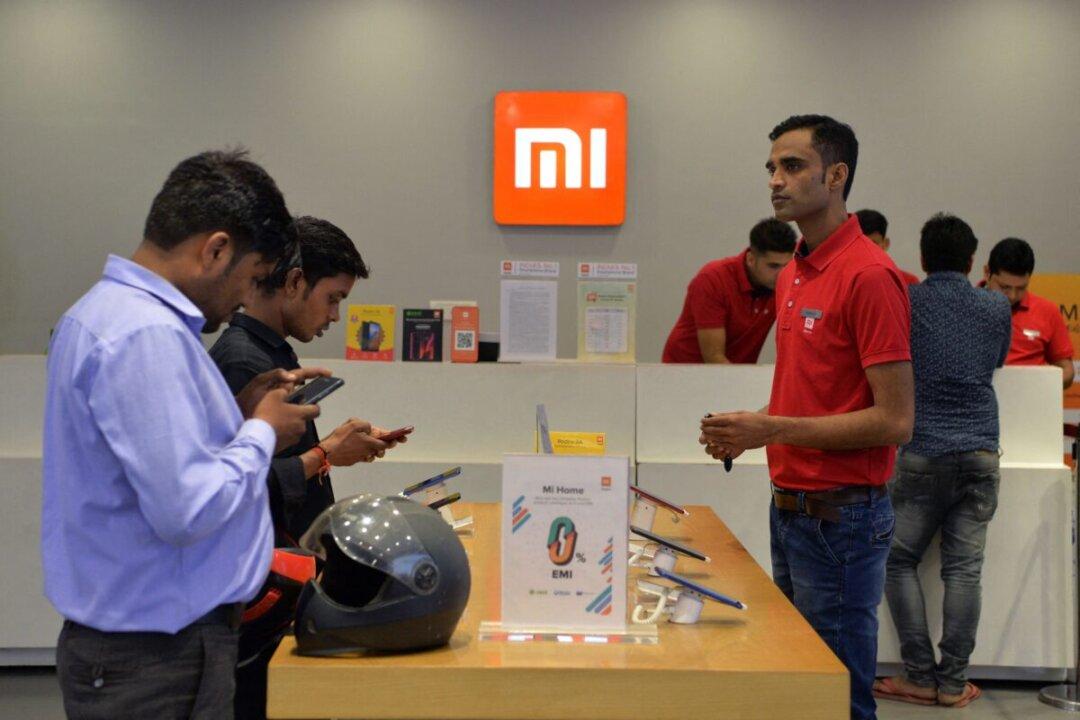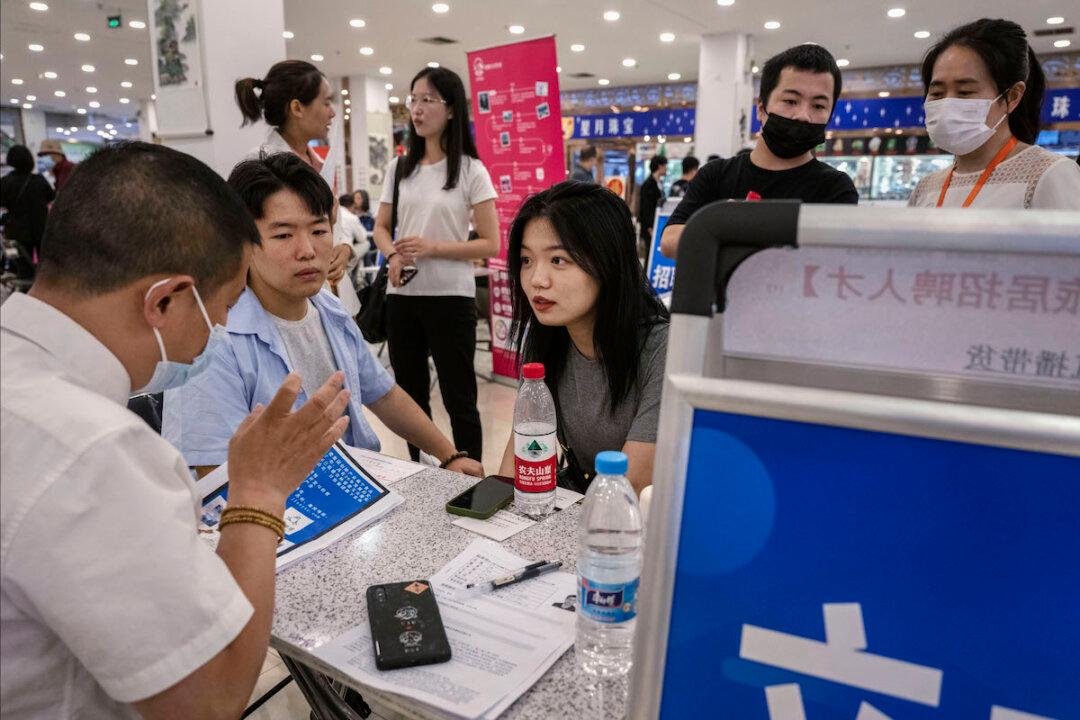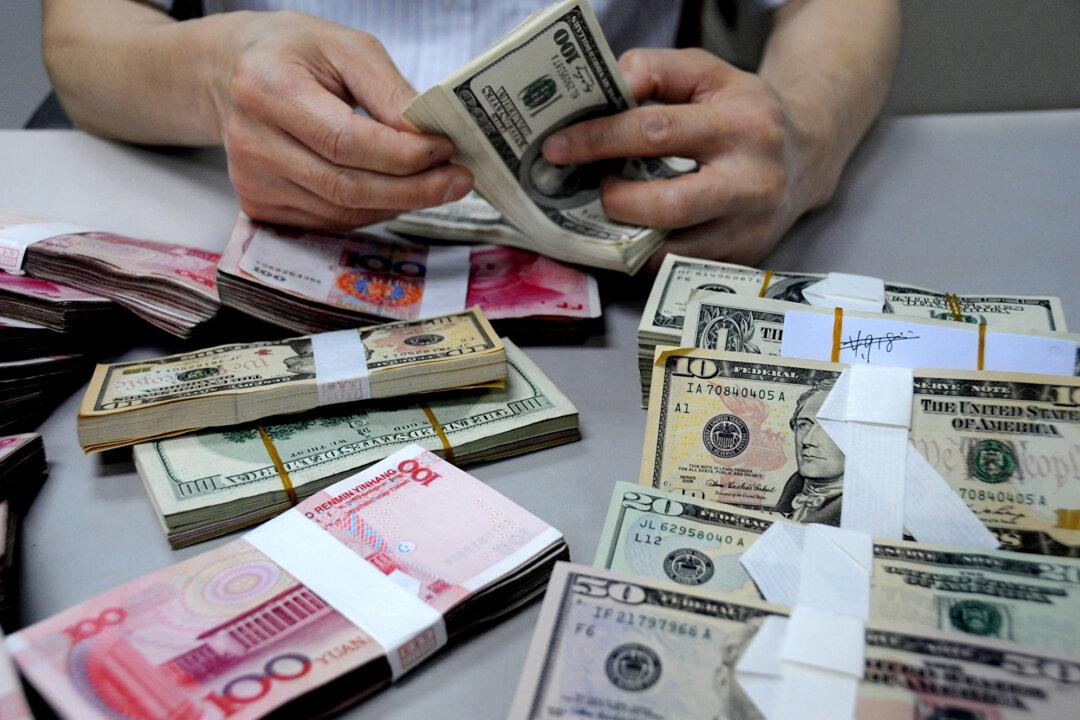Xiaomi, China’s leading smartphone company, saw its cellphone shipments shrink in the first quarter Q1 of this year, especially in India and Europe—two pillars of its overseas revenue.
According to Xiaomi’s financial report released on May 19, the company shipped 38.5 million smartphones in Q1, down 10.9 million units or 22 percent compared to the same period last year when it sold 49.4 million units, which is twice the global average rate of decay.





